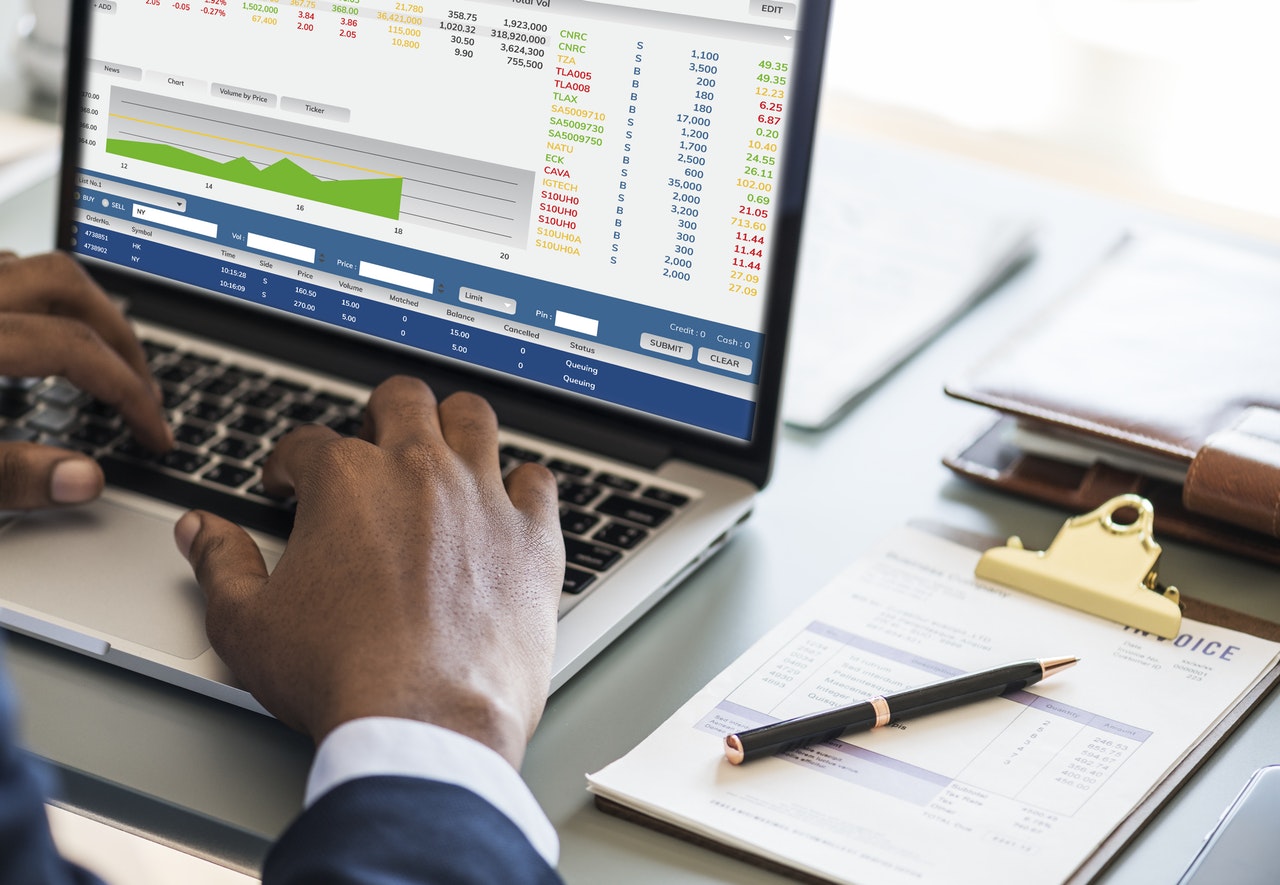The business environment in 2019 is one of stiff competition: Amazon and the 2-day shipping promise offered by similar online retail giants has created a game of high-stakes when it comes to commanding consumer market share. For small business owners running brick-and-mortar shops, it can be seemingly impossible to compete with Amazon and the kind of convenience and service that many shoppers have grown accustomed to in the age of ecommerce.
However, many of these small business owners are overlooking critical technology tools that online retailers have been taking advantage of for years: analytics. So often entrepreneurs with physical storefronts and no online presence overlook the power of data and analytics, assuming that because they rely on foot traffic patronage, they don’t have access to shopper data that will inform and benefit their future sales. That’s not the case. In fact, brick-and-mortar retailers that use analytics are benefitting from several factors that give them an upper hand in this competitive environment.
Brick-and-Mortar has the Edge in Sales and Spend
Contrary to common belief, our youngest group of consumers, Generation Z (or Gen-Z), is shopping in-store. Call it a penchant for instant gratification or a desire for an in-store “experience,” but these shoppers have $44 billion in buying power and most are spending in stores rather than online.
According to a study from IBM, 67 percent of Gen-Z shops in a brick-and-mortar store most of the time and an additional 31 percent shop in-store sometimes, meaning that 98 percent of Gen-Z are shopping in physical stores.
That’s a lot of revenue potential for brick-and-mortar stores, but only if they can turn Gen Z prospects into customers and, more importantly, into repeat customers. This generation is known for being made up of “digital natives,” and they are creating data every time they connect to wifi or sign up for your email lists. They may not be your business’ target demographic yet, but they will be someday. Collecting data from your customers and leveraging it to effectively target and serve shoppers can help retail stores capitalize on the active customers they already have.
Not only are shoppers still drawn into stores, they are actually spending more when they shop in-person. Consumers spend an average of $1,700 per month in traditional stores, compared to just $247 per month online, according to the International Council of Shopping Centers.
With sales and spend on their side, brick-and-mortar shops have an opportunity to captivate market share by targeting one-time shoppers with special offers, news and more, simply by collecting contact information or recording purchase histories.
Harnessing Technology to Close the Sale in-Store
While brick-and-mortar shops may find it challenging to compete with the inventory flexibility, low cost margins and single-click ordering convenience offered by Amazon, they can use shoppers’ reliance on technology to get customers in their door.
A survey by mobile loyalty company SessionM found that 90 percent of consumers use their phone while shopping in-store, giving traditional retailers the opportunity to incentivize purchases while customers shop, just like online retailers can. This offers brick-and-mortar businesses a unique opportunity to share promotions and suggestions in real time, which, in turn, helps to provide the personalization customers expect and ultimately drive sales.
It’s clear that implementing analytics can help brick-and-mortar shops improve audience engagement and boost sales, but many retailers aren’t sure how to start. Here are a few quick and easy ways traditional retailers can begin using analytics to help improve their businesses. Remember to check state and federal laws with regard to the collection and use of data and information:
- In-store Wi-Fi: setting up a network in your store may allow you to begin collecting information from your shoppers, like email addresses, dates visited, time spent in your store and more.
- Location data: Being tuned into who is visiting your store and who is visiting your competitors can be a critical measure of your current market share and potential market share.
Contact Information: Make sure you are collecting contact information from your customers when appropriate, so you can maintain contact with them, offering personalized “in-store only” offers and driving repeat transactions.
Authored by:
 Amber Colley, Business Credit Expert and Senior Vice President, Dun & Bradstreet
Amber Colley, Business Credit Expert and Senior Vice President, Dun & Bradstreet

